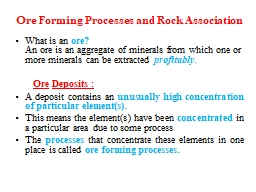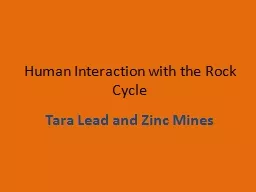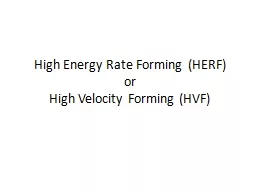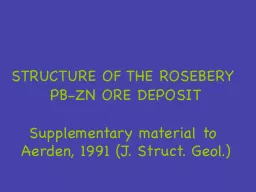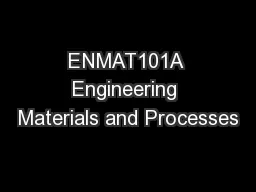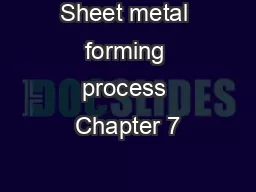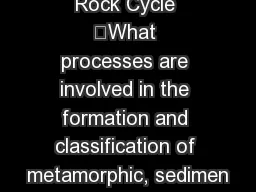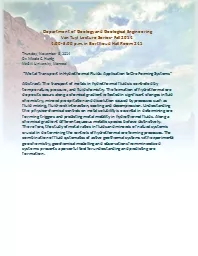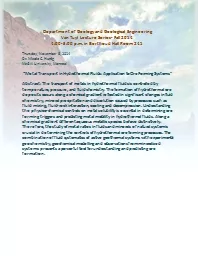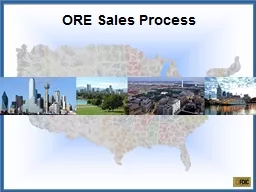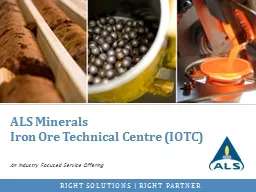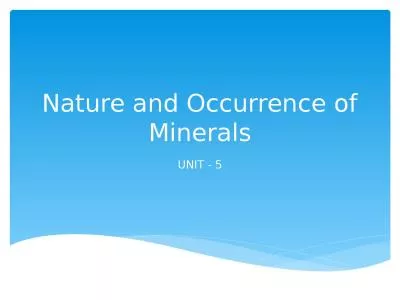PPT-Ore Forming Processes and Rock Association
Author : ivy | Published Date : 2023-10-04
What is an ore An ore is an aggregate of minerals from which one or more minerals can be extracted profitably Ore Deposits A deposit contains an unusually
Presentation Embed Code
Download Presentation
Download Presentation The PPT/PDF document "Ore Forming Processes and Rock Associati..." is the property of its rightful owner. Permission is granted to download and print the materials on this website for personal, non-commercial use only, and to display it on your personal computer provided you do not modify the materials and that you retain all copyright notices contained in the materials. By downloading content from our website, you accept the terms of this agreement.
Ore Forming Processes and Rock Association: Transcript
Download Rules Of Document
"Ore Forming Processes and Rock Association"The content belongs to its owner. You may download and print it for personal use, without modification, and keep all copyright notices. By downloading, you agree to these terms.
Related Documents

